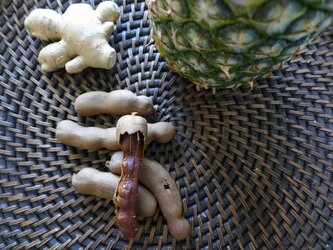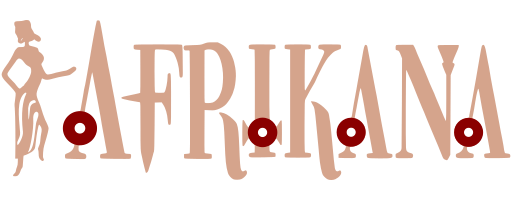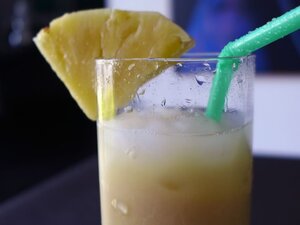In Mòoré, this means "flour water" and this drink is also known as "eau de bienvenue" (welcome water).
This is a traditional drink from Burkina Faso.
The country, formerly known as the Upper Volta Republic, was renamed Burkina Faso on August 4, 1984 by then-President Thomas Sankar. Burkina Faso, has no access to the sea and is located in West Africa, is surrounded by 6 countries, Benin, Ivory Coast, Ghana, Mali, Niger and Togo. While the French colony of Upper Volta was so named because of its location in the upper Volta River, the words Burkina Faso and Faso come from the various languages spoken in the country. Indeed, Burkina means "honest" in the Mossi language, while Faso comes from the Dyula language and means "homeland". That is why Burkina Faso is called the "homeland of honest men".
The gastronomy of Burkina Faso is strongly influenced by neighboring countries (Togo, Ivory Coast, Mali, Ghana, Niger), which is typical of West Africa. The basic foods in Burkina include sorghum, millet, rice, peanuts, sweet potatoes, yams, beans and okra. Meat is a luxury, so eggs and fish found in the country's rivers are a major source of protein for the population. The main element of the meal is a sauce with rice, millet dough, sorghum, or corn called Tô.
Typical dishes include:
 Riz au gras: Prepared with vegetable sauce with meat and oil.
Riz au gras: Prepared with vegetable sauce with meat and oil.- Babenda: Mossi specialty of various leaves, peanuts and rice.
- Rice with peanuts or tomatoes.
- Salsa gombo: Sauce made of ocher.
- Seinseinga: meat skewers pre-marinated in a mixture of spices.
- Alloco: plantain fried in palm oil.
- Chicken with peanuts.
- Gnon de fonio: food made from fonia and bean leaves.
- Gonré: bean puree.
The typical spice, known for its strong aroma, is called soumbala. It is obtained by fermenting the fruit of the neer, the tree, also called the African carob, or the purple mimosa. So back to our zoom koom also called "welcome water". Zoom means flour and who means water, which explains why it is also called "flour water". It also prepares for special occasions such as weddings. Zoom who has its name from the millet flour it contains. Millet is an important cereal in equatorial Africa. Fresh tamarind, which was brewed, was used for the drink. The sour taste of zoom comes from the decoction of tamarind.
However, what makes zoom so refreshing is fresh ginger. This is probably the dominant taste of this drink, which will remind you of ginger beer. Pineapple and sugar give this drink a wonderfully delicate and sweet taste, without which this drink would be difficult to drink. This combination of ingredients leads to a very surprising and unique drink, which is very refreshing and also quite caloric due to millet flour (or because of millet, someone would say ...).
Zoom koom is a very popular and sacred drink in Burkina Faso. In 2017, the Ouagadougou International Tourism and Hospitality Exhibition (SITHO) was held in Ouagadougou. This performance also highlights the cultural values and especially the hospitality brought by the symbolism of "welcoming water". The president of this organization decided to emphasize the importance of zoom koom and asked for its inclusion in the "intangible cultural heritage". Intangible Cultural Heritage (ICH) is a category of heritage derived from the Convention for the Safeguarding of the Intangible Cultural Heritage, adopted by UNESCO in 2003. This list documents other traditional recipes and cuisines.
Intangible cultural heritage refers to all practices, manifestations or representations that the community recognizes as part of its heritage when they give the group a sense of continuity and identity. These practices include, for example, oral, musical or choreographic traditions, languages such as support for these traditions, traditional games and sports, ceremonial events, craftsmanship, knowledge and know-how related to knowledge of nature or the universe.



Commets 0
Add a comment